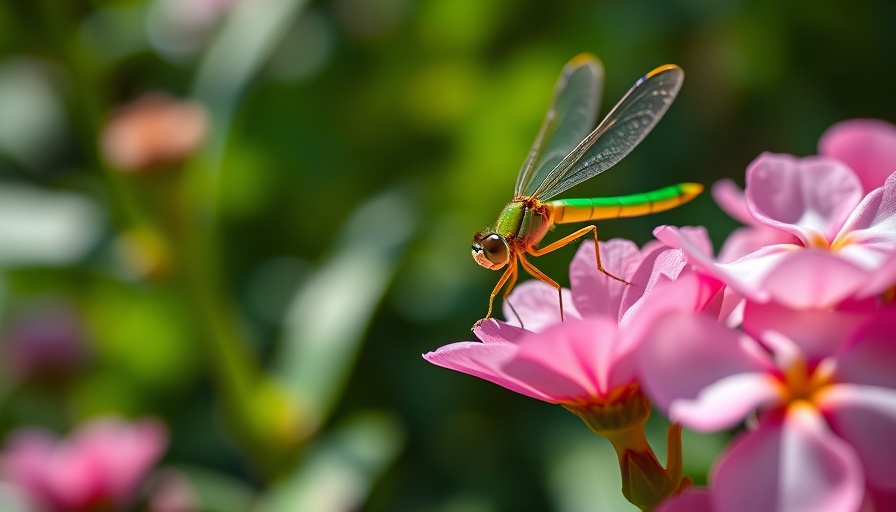
Building Bridges: Can Humans and Paper Wasps Coexist?
The interaction between humans and wildlife often evokes caution and curiosity. Among the rich tapestry of nature, paper wasps (family Vespidae) stand out not only for their intricate nest-building but also for their complex behavior and interactions with their environment. In this article, we deeply explore the potential for harmonious coexistence between homeowners and these misunderstood insects.
A Closer Look at Paper Wasps and Their Benefits
Despite their fearsome reputation, paper wasps offer numerous ecological benefits. They play a crucial role in controlling pest populations, feeding on various insects such as caterpillars and flies that damage gardens. Their predatory habits can complement gardening practices, especially in maintaining healthy plants. Understanding these aspects can transform a homeowner's perspective towards these insects, prompting a more cooperative approach.
Demystifying Common Misconceptions about Paper Wasps
Many people fear wasps simply because they lack knowledge about them. Unlike aggressive yellowjackets, paper wasps are generally less inclined to sting unless provoked. This misconception can hinder harmonious interactions. By educating ourselves about their behavior, homeowners can create a more welcoming environment—emphasizing caution rather than hostility.
The Ecological Symbiosis: Lessons from Nature
In recent years, environmental studies have highlighted instances where natural ecosystems flourish through interspecies cooperation. Research indicates that urban areas with a diversity of pollinators, including paper wasps, tend to exhibit healthier gardens and more robust biodiversity. This parallel exemplifies how embracing these creatures could lead to sustainable gardening practices that enhance the ecological fabric of our neighborhoods.
Tools and Techniques for Harmonious Living
For homeowners seeking to foster a peaceful coexistence with paper wasps, certain techniques can be adopted. First, creating habitats that allow wasps to thrive, such as planting flowering herbs, can provide for both bees and wasps while enriching gardens. Second, using natural deterrents such as essential oils can keep wasps at bay without extermination, promoting the idea of gentle coexistence.
Future Trends in Urban Biodiversity and Habitat Preservation
As urban landscapes evolve, the conversation around cohabitation with wildlife will grow increasingly prominent. Initiatives aimed at biodiversity—like creating pollinator gardens—reflect a burgeoning understanding of ecosystem dynamics. As homeowners lead the charge on these fronts, the once fear-stricken interactions with wasps could transition into a model of coexistence, benefiting both humans and nature.
The potential for harmony between humans and paper wasps presents a fascinating opportunity for enhancing local biodiversity and promoting sustainable gardening. As we learn to appreciate these creatures for their ecological contributions, we can celebrate a world where humans and paper wasps coexist peacefully. Their intricate behavior merits understanding, encouraging us to take actionable steps toward coexistence.
Ultimately, embracing your role as a steward of the environment can lead to a resurgence of not just paper wasp populations but also a healthier ecological landscape. Consider exploring your gardening practices and the impact you have on local wildlife. Your home can be a sanctuary for various species, contributing positively to the environment.
 Add Row
Add Row  Add
Add 




 Add Row
Add Row  Add
Add 

Write A Comment